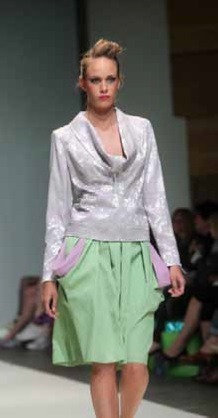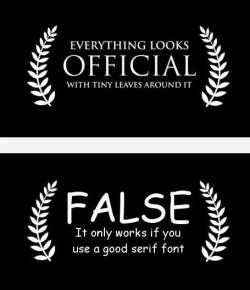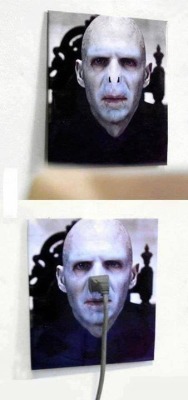Contrast in Fashion
See what Laura Volpintesta has to say about contrast in the world of fashion from this chapter from her book, The Language of Fashion Design.
“The Language of Fashion Design
Chapter 19: Contrast
con.trast \ kn-trst, kntrst \ v
1: To set in opposition in order to show or emphasize differences. What is fashion, if not contrast? Contrast is everywhere in fashion: body types, silhouettes and shapes, variations in color, texture, attitude, movement, edge, culture, style. Contrast in design creates energy.
Picture bold, tailored shapes with clean lines and edges in firm fabrics, paired with fluid, bias, color-blocked, and mixed pattern separates and gowns with strong silhouettes and distinct patterns of all kinds, brought together with a distinct sensibility. These are the makings of a Duro Olowu design.
Duro Olowu was born in Nigeria and raised in Lagos. His Jamaican mother used to find local tailors to create shirts and home goods made from local fabrics, combined with fabrics she collected abroad, which was an influence on his view of fabrics and colors. Many are speaking of mixing print as a trend, but in African culture, ‘This is not a trend, it is an art,’ according to Olowu, who offers this abundantly in his designs. A subtle and overt language of interacting prints forms the core of an artist’s and a wearer’s world, not only for a season.

The patterns and colors of his designs, which are sold around the world to concept stores like Ikram in Chicago and Biffi in Milan, may seem African. Yet Olowu’s fabrics are often British-made prints of his own design or Italian, French, or Swiss fabrics that reflect this African heritage and world travels. He describes himself as a multicultural fashion designer with an international worldview. He lives and works in both London and New York.
His signature printed dresses caught the attention of U.S. and British Vogue, winning New Designer of the Year in 2005 at the British Fashion Awards. He brings together London and Lagos in his design, most notably the mixing of imported and local styles, layering contrasting graphic prints for visual rhythm and effect, tailoring, and long-skirted silhouettes, all commonly found in west African dress. He sees dressing well as a source of pride and is fascinated by the fact that fabric tells a story. His garments bring together fabrics from all over the world.

He makes a distinct point of using models from all over the world, because, he says, it makes a statement about “what you want from the world” and enhances the beauty and appeal of his aesthetic. He also believes that his designs need to travel well.
JCPenney is featuring him as a seasonal designer for 2013 to help revamp their image. He is embracing the opportunity to make his pricey pieces available to the masses and explore the democratic aspect of American fashion, while giving it a global slant. Underneath it all, he wants to give the woman garments that nurture 'inner beauty and joy.’

Trim ruffles border the flared layers of this swinging tiered dress and the asymmetrical shoulder cap with an accent of pattern reminiscent of seed bead embroidery without the weight. The same print is used for an overall dress at right, with solid contrast trim.

Contrast comes from lining cowl-draped pockets with complementary-colored lining from the pastel palette. The single-toned, metallicfinish knit top echoes the cowl with its draped collar.
Read the rest of the chapter and check out more fashion vocabulary from ”The Language of Fashion Design“











